Swimming or sinking at the Concrete Canoe Race
It was all about speed, as well as originality and inventiveness, last weekend at the Concrete Canoe Race 2018, held at the E3 beach in Eersel. A canoe made of concrete ? Does it stay afloat? You bet it does, although some canoes did not manage to keep their head above water.
Excellent weather was in store for the more than 300 concrete canoe builders and racers last weekend at the Eindhoven Concrete Canoe Race. They came from the Netherlands, Germany and Poland. “The weather was glorious, the setting was perfect, it couldn't have been any better,” said Derk Bos, chair of the study association KOers for Constructive Designers, savoring the memory. 35 boats took to the water for three different races: the 100 meters, the 200 meters and the surprise race. The first two were all about speed, the last was a playful race that involved 'rescuing' from the water as many inflatable animals as possible.
“The participants started on the grass, ran across the beach in a dry suit to their canoe, and set about saving the animals as quickly as possible,” explains Bos. In total they had to save 15 inflatable animals and 35 rubber ducks. Most participants took part but some boats were already beyond use. “You aim to make a canoe as light as possible, and that means pushing things to the limits. Which means some boats end up being too weak,” explains Bos. The booby prize this year was won by a team that suffered a broken canoe having just transported it, and a second broken canoe on the first day of competition.
The prize for inventiveness went to the Eindhoven team B-Invented. They built a very special canoe: a concrete foundation beam, B-oot. “All the students on this team work for the company B-Invented. Their work involves calculating foundation beams and they thought ‘why don't we just make a canoe out of one’.” You wouldn't think it would float, a massive block of concrete like that. But it does, explains Bos: “You normally make cement from water, sand and aggregates like gravel. If you replace the gravel with lightweight grains, of say glass or clay, the concrete ends up being lighter than water and the canoe floats.”
The prizes that were presented, incidentally, were made from the same lightweight concrete. “We made them ourselves in the shape of our logo. If you throw them in the water, they float!”
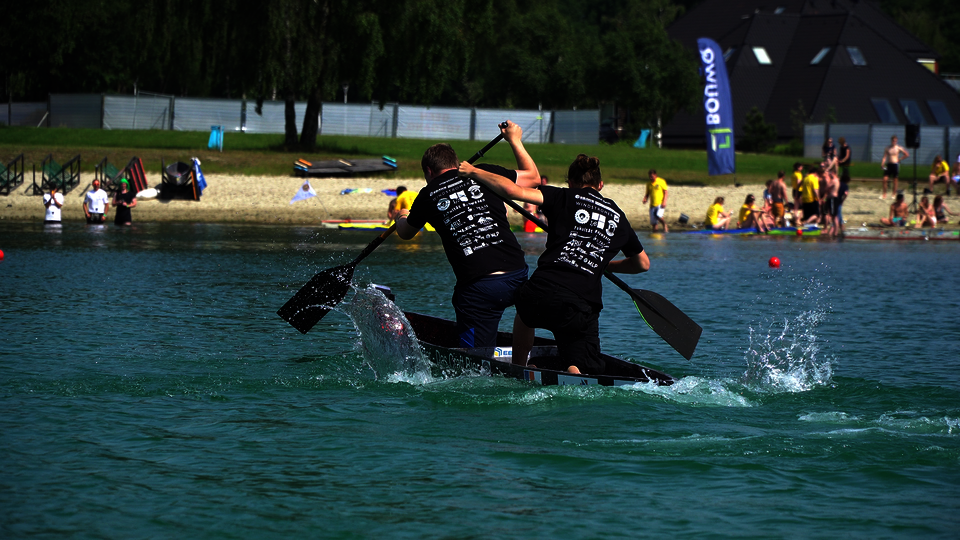

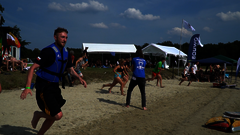
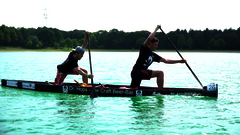
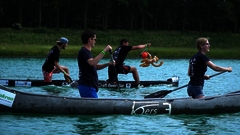
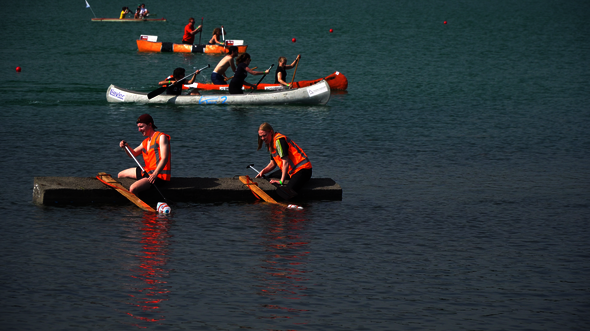
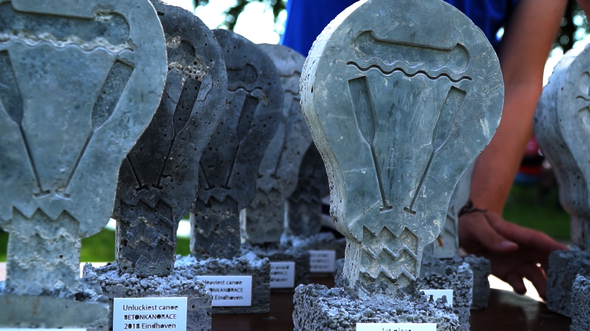
Discussion